In Dungeons & Dragons, what stands in the way of adventurers and their treasure isn’t a monster, it is often a door. Knowing how to deal with these gate-keeping items is a must for any adventuring party, so as a Dungeon Master, you should know the ins and outs of dealing with doors.

Related
Dungeons & Dragons: Every Species’ Lifespan, From Lowest To Highest
Not all adventurers stay young forever. Here are the lifespans of each species in the 2024 Player’s Handbook.
From metal-cased gates that prevent all from passing to decorative glass doors that offer a free view of its contents, the world of D&D has many ways of using gateways. Here are some tips on how to use these doors and make them part of the adventure instead of a passing afterthought.
7 Use Simple Locks During Combat
Give Players The Option To Flee
If you put a combat encounter in your adventure, it stands to reason that the players should face it head-on; therefore, locking them with your enemy creatures in a closed-off room is an ideal way to force the fight. However, the players are the protagonists, and if they wish to flee the fight, they should be able to at least attempt to do so.
If a door is locked, it may have a simple or complex lock mechanism, which can take between one action or one minute to unlock regardless of the DC check to do so. During combat encounters, doors should only have simple locks, and more complex ones should be saved for either social encounters or sneaking missions.
6 Use Portcullises To Tempt Players
Let Them See What Lies Ahead
Curiosity alone is often the best motivator for players, and seeing a locked door can lead to a lot of characters itching to know what lies on the other side. This, however, isn’t always the case, and if you want your players to know of a tantalizing reward without being able to get it, then a portcullis is the best way to go about it.
These gates, typically made of iron or wood, allow people to see what lies on the other side without being able to get there. Keep in mind that a portcullis can still be forced open, and since players can see the other side, simple spells like Misty Step can allow them to get to the other side with ease.
5 Use More Than One Check For Secret Doors
Let Your Players Find The Loot
You often want players to find the secret doors you’ve hidden in a dungeon, but they won’t always do so. This can often be because finding it requires a successful roll of only one type of skill, but you can broaden the options to allow for different checks that involve more players.

Related
Dungeons & Dragons: 8 Best Magic Swords
Every adventurer needs a good sword and these are the best of the best.
What is often used to find a secret trap or door is a roll of Perception, dependent on the Wisdom ability. What you can add is for someone to make an Investigation check using their Intelligence instead, trying to use context clues to understand the probability of a hidden door being in the vicinity.
4 Use Traps On Doors Sparingly
You Don’t Want Your Party To Fear Doors
Doors in dungeons and hidden temples are often trapped, since the contents they protect are too precious for anyone to simply access. Keep in mind, though, that adventurers go into these sorts of places all the time, and facing a trapped door over and over again can get old fast.
This doesn’t mean that you shouldn’t even use trapped doors in your dungeons, but it shouldn’t be every door. Often, the doors you expect to be trapped are the ones that should be, like ones leading to a treasury or the secret chamber of an ancient lich.
3 Consider Context When Placing Doors
A Hut Shouldn’t Have A Metal Door
You can’t be expected to plan for every single thing your players do in an adventure, but that is what the 2024 Dungeon Master’s Guide is for. When a player decides to follow some random NPC and sneak into their house, you can just check the table for doors in chapter three of the book, look at how complex a door is to open or destroy, and move on.

Related
Dungeons & Dragons: 10 Best Things To Let Your Player’s Manage
Make sure your players pull their weight in your D&D campaign too.
Of course, you need to decide what type of door might be in a given place, so context matters. Just because you don’t want your players entering the cabin in the woods they just found, it doesn’t mean that the door should be made of stone with a highly complex lock.
2 Put Things Behind Secret Doors That Players Can Miss
They Are Secret For A Reason
The fun part of secret doors is that it isn’t guaranteed that you’ll find one, making the moment you do discover a secret all the better. This means that secret doors shouldn’t be mandatory for progression, since that could halt the story completely as the players wander around aimlessly, or you metagame a solution for them.
The best kind of secret door is one with a powerful treasure behind it that isn’t needed for the overarching story. The lich they might be hunting would be easy to find, but the magical crown it stole from the king would be hidden away, found only by the most perceptive of adventurers out there.
1 Reward Clever Thinking
It Is Just A Door, After All
The 2024 Dungeon Master’s Guide doesn’t cover every single interaction your players might think of, so just because it isn’t in the book doesn’t mean it can’t happen. If your players figure out a clever way to get around a door, don’t shut them down; allow them to have this win.
Sometimes, the way they solve problems can create new stories on their own. Faced against a wooden door, a wizard might try to set it on fire to be able to get to the other side, not noticing that, in doing so, they are setting the entire house ablaze, having to solve a new problem created by their actions.

Dungeons & Dragons
- Created by
- E. Gary Gygax , Dave Arneson
- Latest Film
- Dungeons & Dragons: Honor Among Thieves
- First TV Show
- Dungeons and Dragons


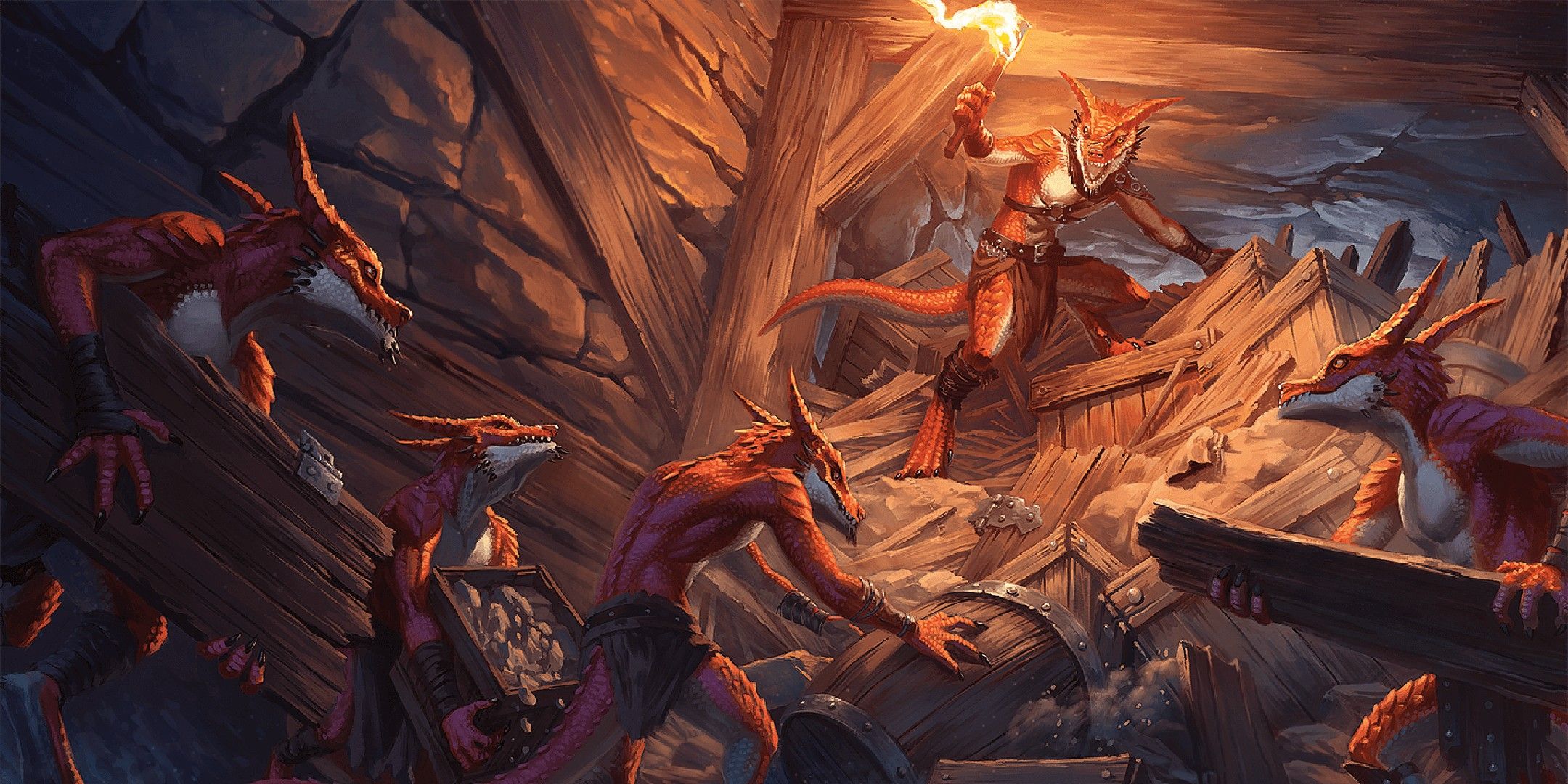
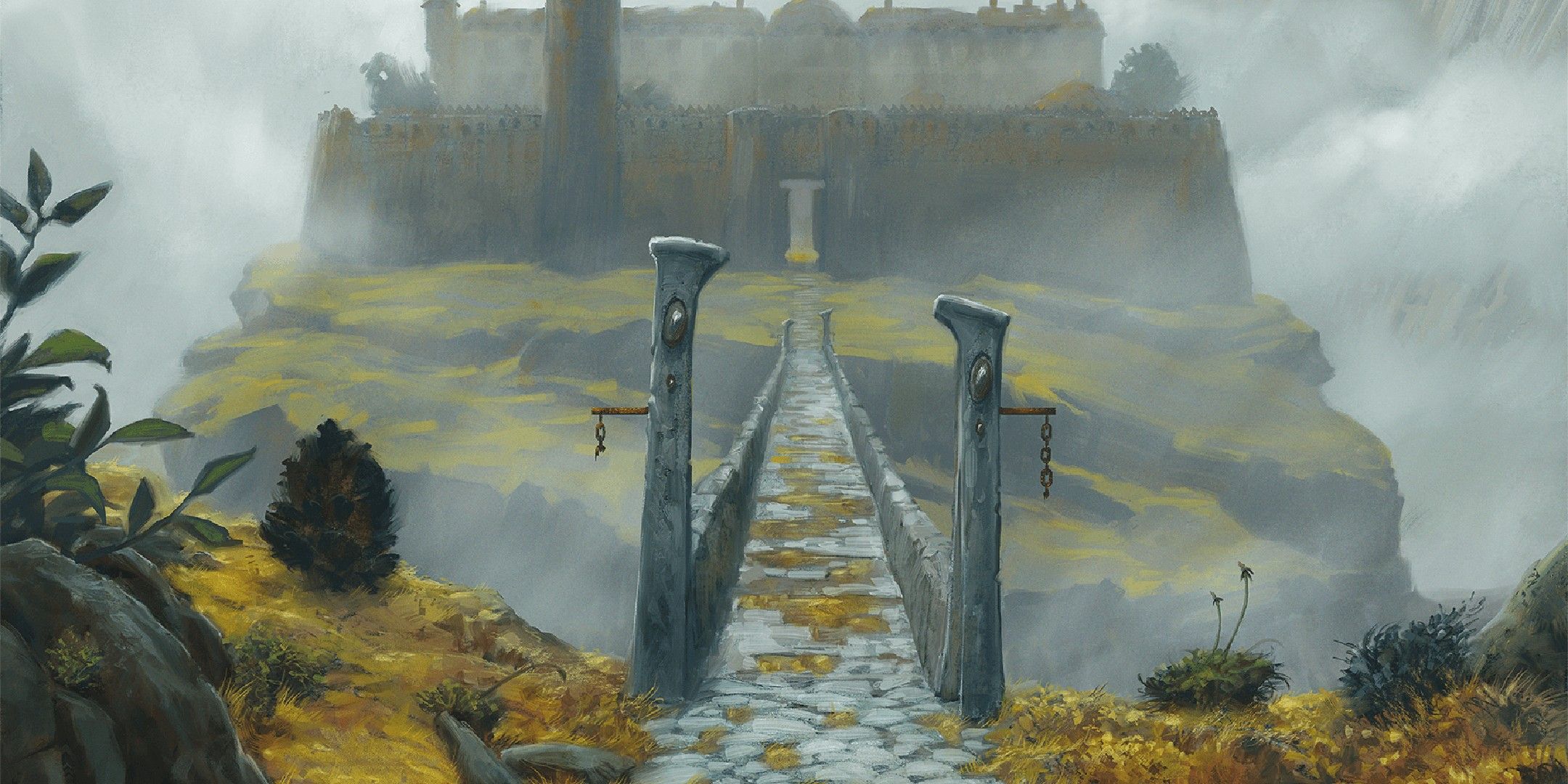
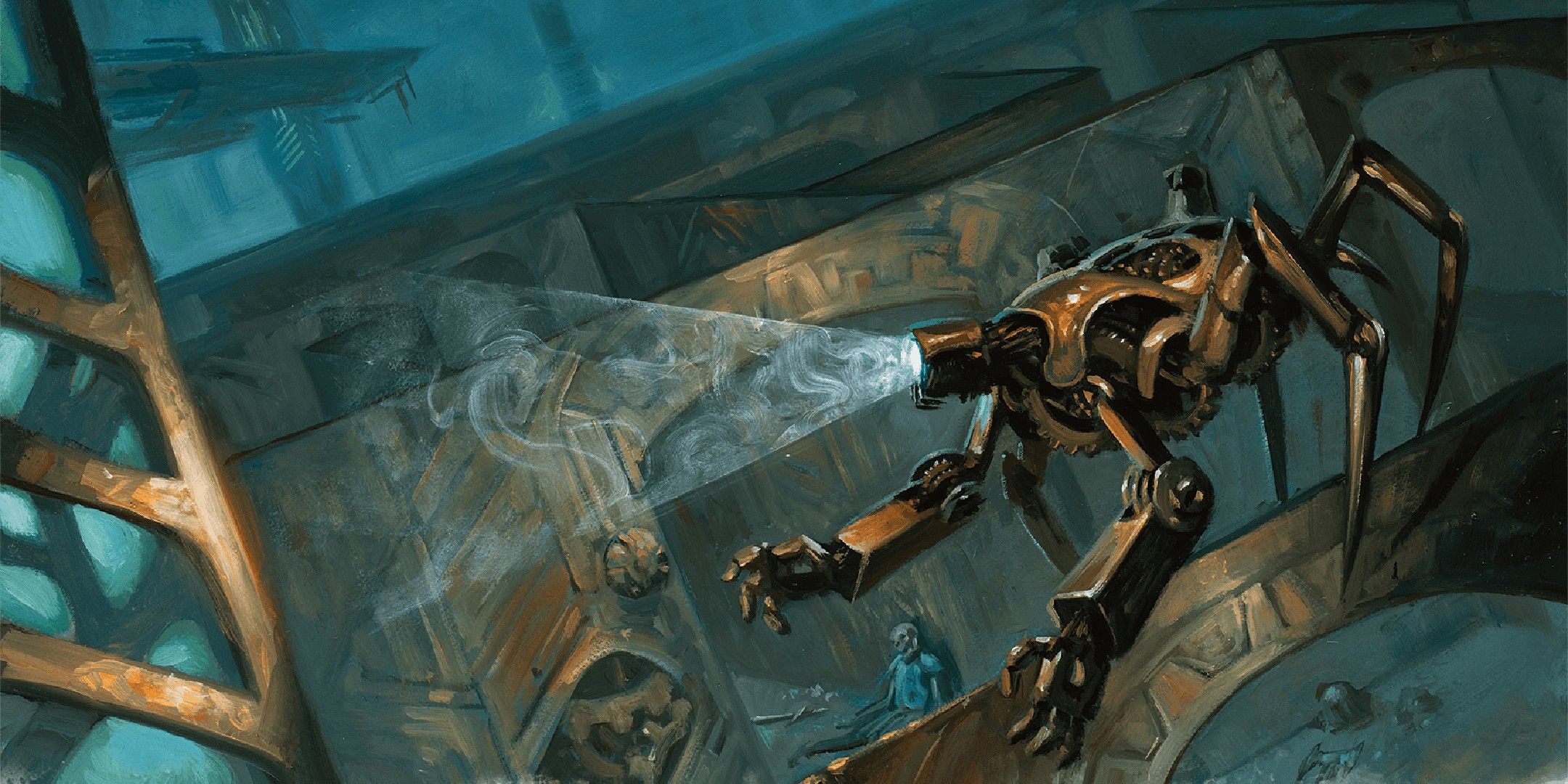
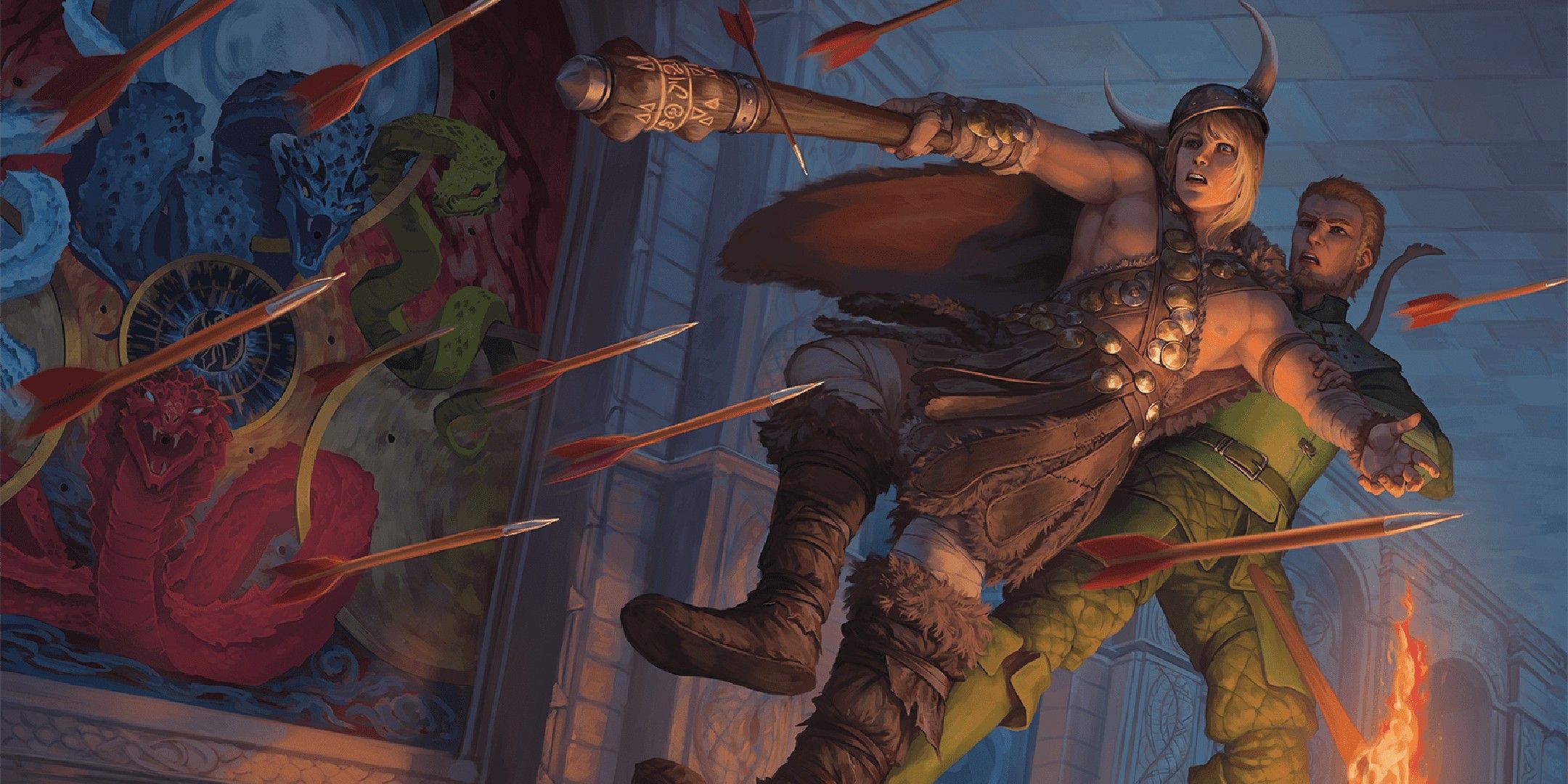

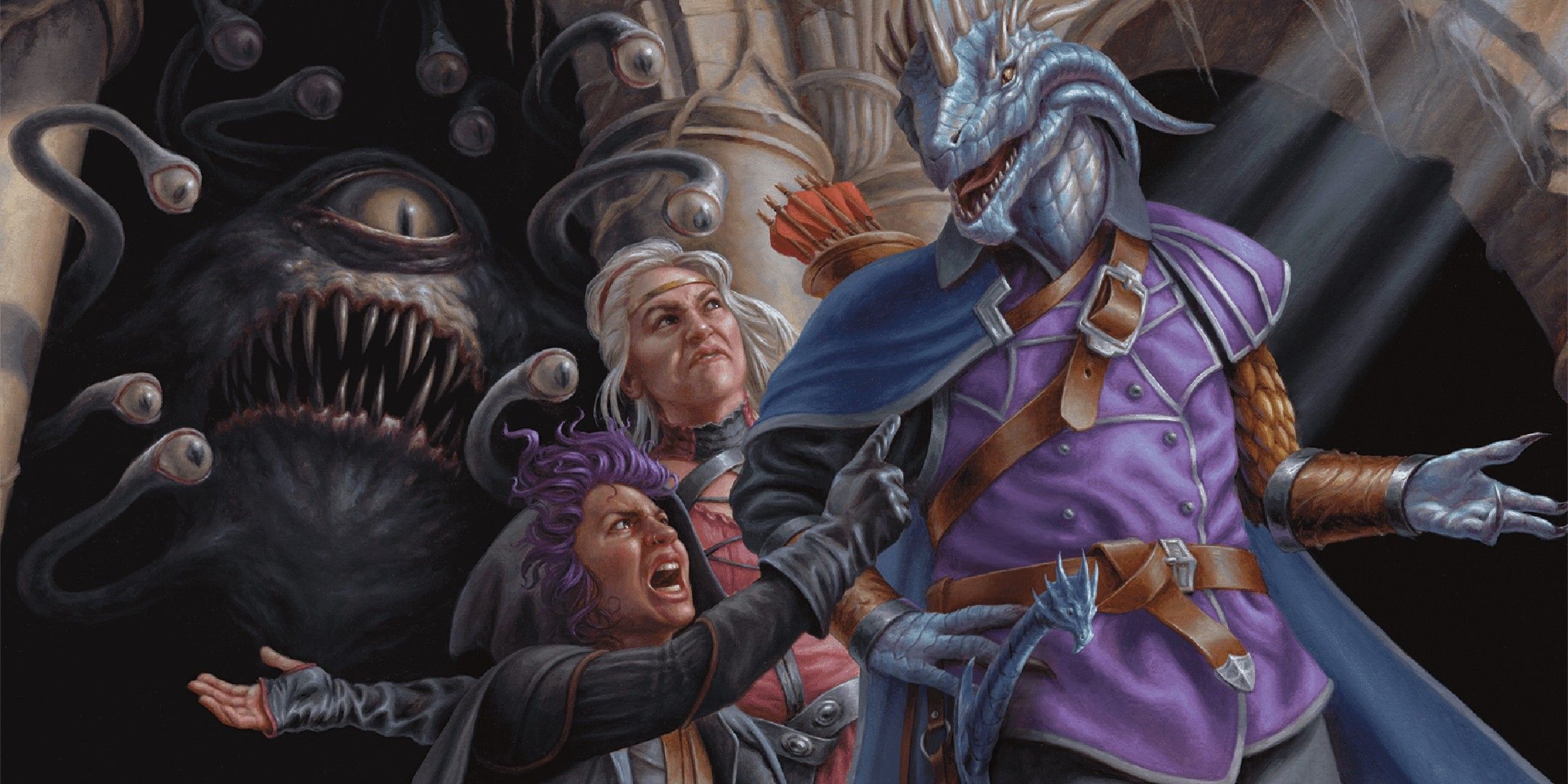











Leave a Reply